Welcome to the neighbourhood
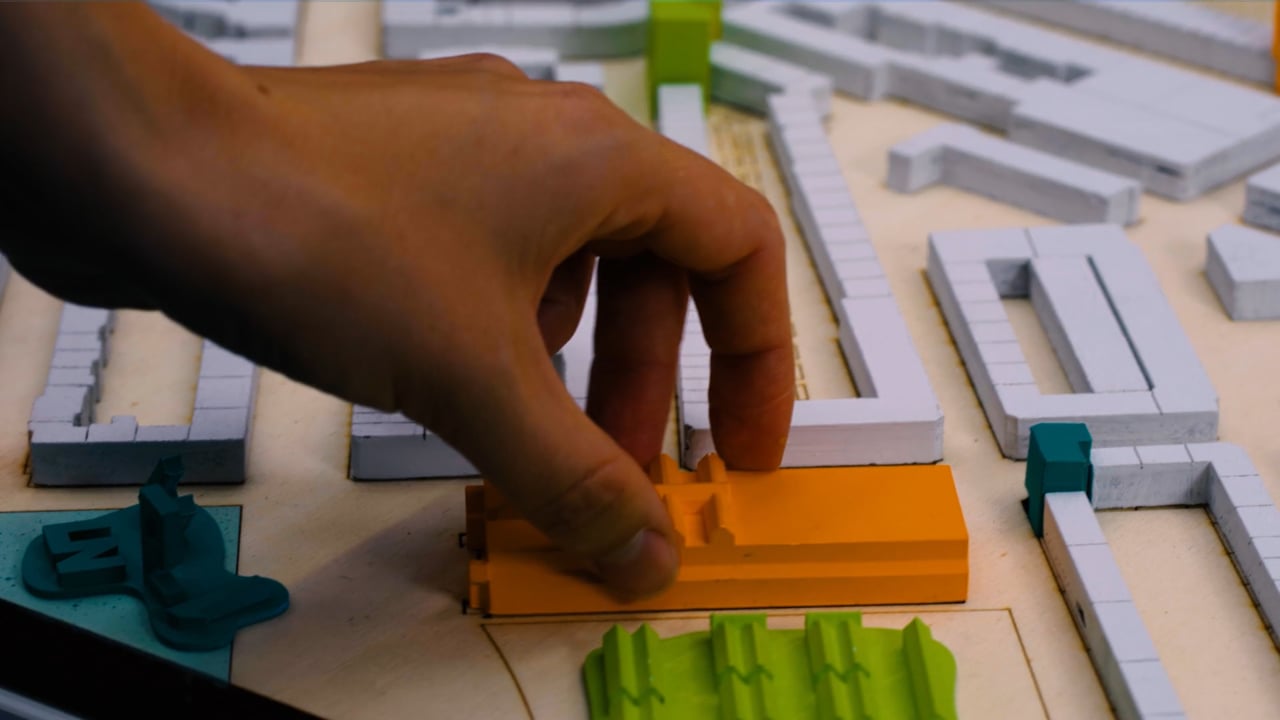
Designing an intervention in the Dutch integration system can have significant political implications. When migrants settle in the Netherlands, they undergo a complex and lengthy process involving a diverse range of stakeholders. These parties often have varying levels of power and often have distinct cultural values.
When considering any intervention or change in this system, it’s important to acknowledge and navigate the web of political dynamics and cultural perspectives at play. These factors can greatly impact the effectiveness and reception of any design, policy, or program aimed at improving the migrants’ integration process. Therefore, a thoughtful and inclusive approach to design is essential to successfully address the multifaceted challenges of Dutch integration.
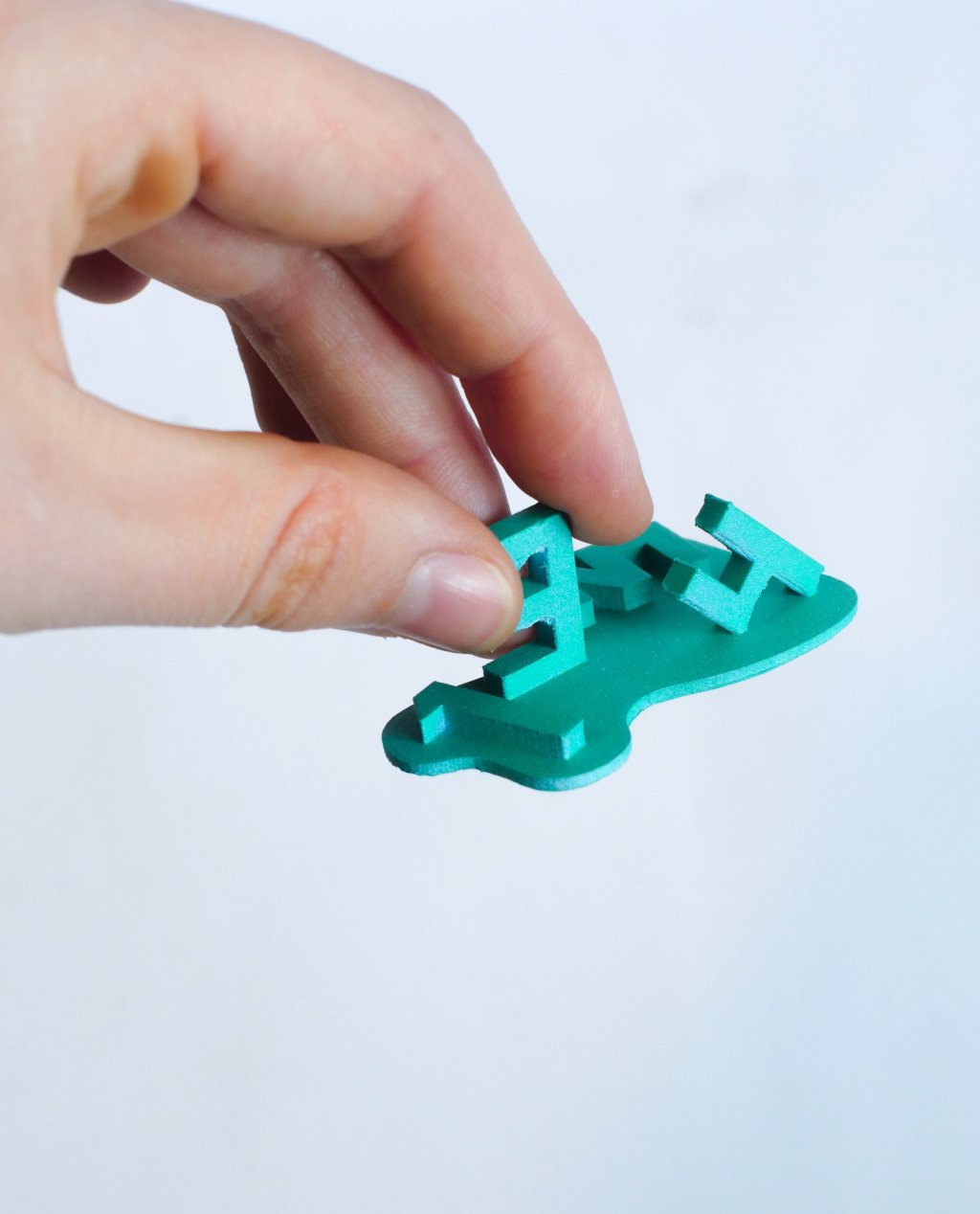
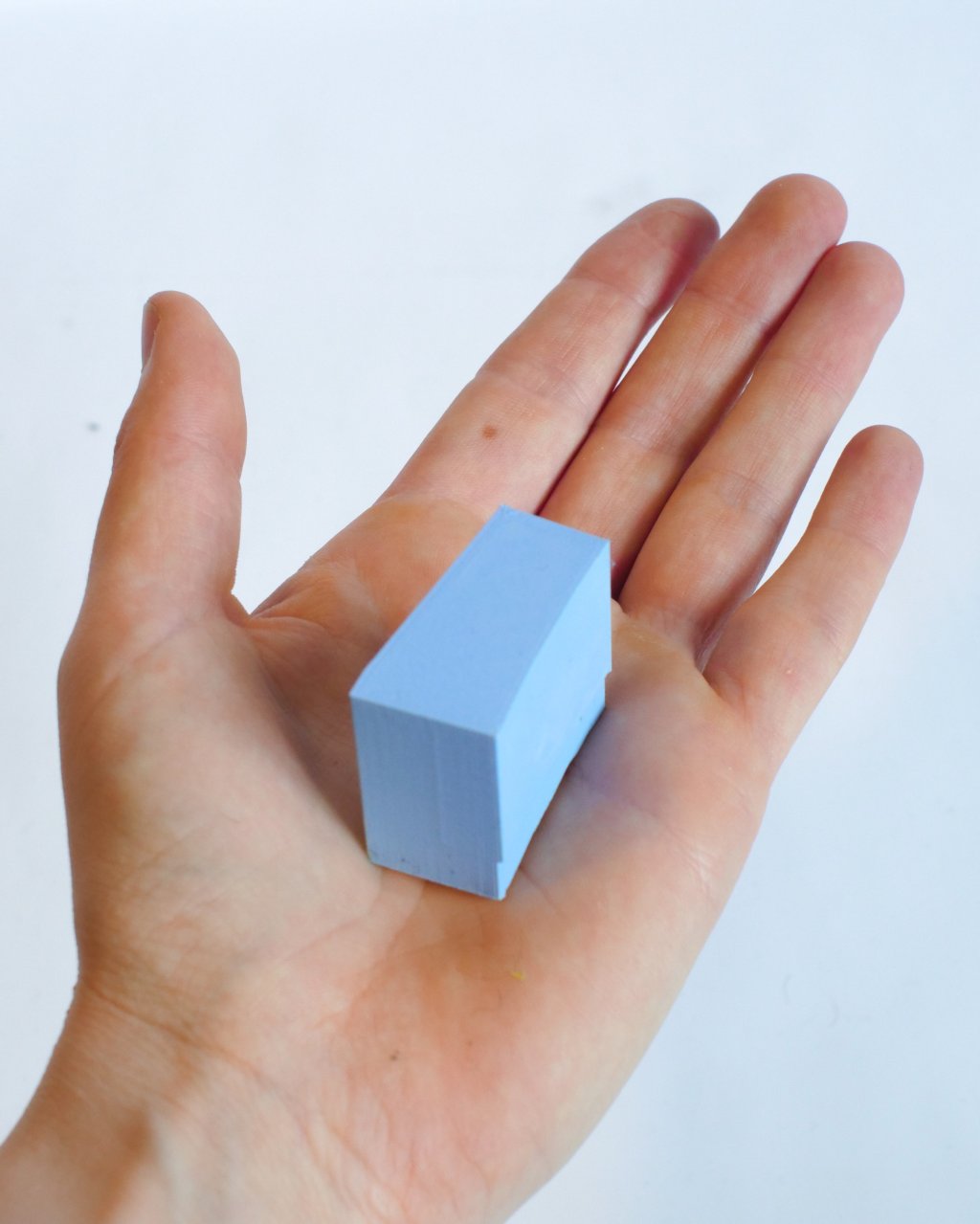
The Dutch asylum programme has been in crisis for many years. The overloaded application centre in Ter Apel has regularly drawn media attention to the country’s migration system. While a limited capacity is a first hurdle faced by asylum seekers, it is only the start of a long trajectory that can take years to navigate. The current process provides little or no support for newcomers to build a social network, leaving them struggling to fully participate in Dutch society.
The system requires a human-centred approach that fosters a welcoming and inclusive environment, ensuring newcomers' comfort and a sense of feeling at home.
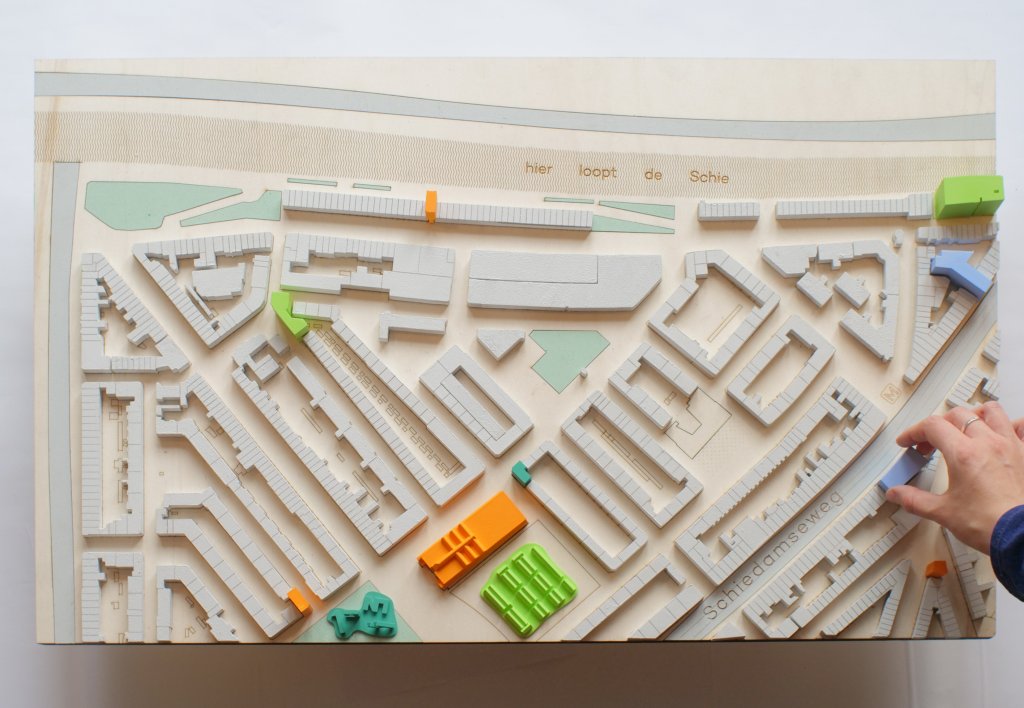
‘Welcome to the Neighbourhood’ aims to redefine integration as ‘feeling at home’ and identifies ten key factors to achieve this, including participation, autonomy, and personal growth. The project explores the role of neighbourhoods in helping newcomers feel at home and its positive impact on social integration. New neighbourhoods are where newcomers' first homes are located, providing an opportunity for locals and newcomers to interact.
Local networks and initiatives can be powerful tools for promoting inclusion and participation among newcomers. ‘Een kijk in de wijk’ (ENG: Neighbourhood Navigator) is an interactive model of the Bospolder-Tussendijken neighbourhood in Rotterdam. It provides insights into community centres, activities, key figures, and developments through stories, aiming to encourage newcomers to participate in their local community and enhance their inclusion.

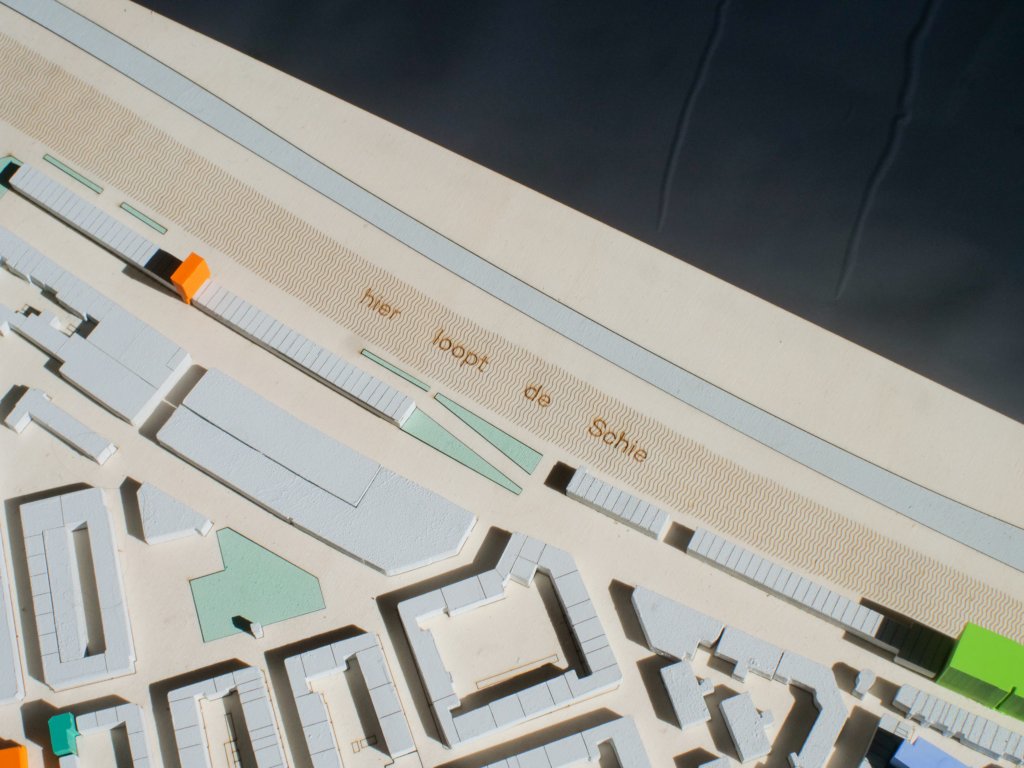
In the current Dutch migration system, politics can form an obstruction to the design of the intervention. Power relations, cultural differences, stakeholder rules and regulations together form a challenging context. From a design perspective, this is challenging as migration system policies often hinder designing for a human-centred integration system. As often seen in the media, the current system lacks a humane approach, resulting in far from humane "solutions" like temporary shelters, enormous waiting times, and a lack of rights. These combined prevent newcomers from successfully integrating and feeling at home in their new environment.
‘Welcome to the neighbourhood’ shows the benefits and relevance of designing a social approach to integration, both for the newcomers and for the Netherlands.
Share
Contacts
- -Noor Mastenbroeknfinmastenbroek@gmail.com
- -Annemiek van Boeijen
- -Stella Boess
- -Marthe van Gils
